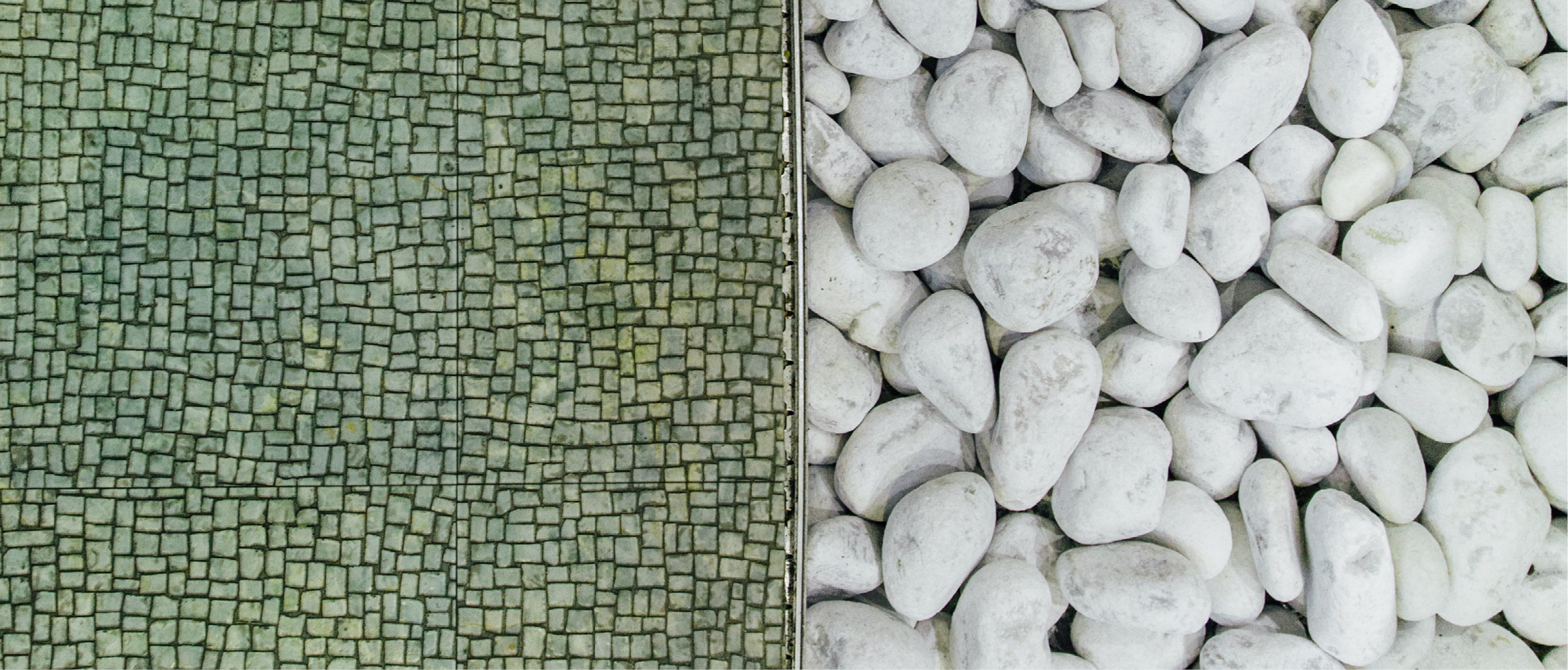
Materials à la carte: Accelerating materials discovery with large scale ab-initio simulations and machine learning | Nominated Principal Investigator: Mauricio Ponga, Co-Principal Investigator: Jasmin Jelovica
When an engineer designs a new device – whether it’s an airplane or a ballpoint pen – an important consideration they must take into account is the abilities and limitations of their material. Now imagine the engineer could chose the properties they want their material to have, and design it to their needs. This is what a new project undertaken by Mechanical Engineering professors Dr. Mauricio Ponga and Dr. Jasmin Jelovica is attempting to make possible.
Dr. Ponga uses the analogy “Materials à la carte” to describe their goals:
Imagine yourself going to a restaurant, you take a look at the menu and you realize that you can design your order. Now, by combining different items in this menu you create a new dish. However, you quickly realize that what you ordered is not food, but rather a new material that is as strong as steel but five times lighter; or a new drug used to treat deadly diseases, and is specifically designed to be biocompatible with your body.
The pair have received a research grant from the competitive Government of Canada New Frontiers in Research Fund (NFRF) to advance their idea closer to reality. The $250,000 funding will cover two years of work, and is specifically focused on “high-risk, high-reward and interdisciplinary research.” Together with their Co-applicant, Dr. Chris Orvig from the Department of Chemistry, their expertise encompasses chemistry, mechanics, materials science, and computational physics.
The goal is to enable the quick design of new materials, but materials is a very broad subject. The study will focus on two types of material: structural, for building planes and buildings, etc., and molecular-level materials for use in medicine, specifically the creation of radio-isotopes that can be used for treating cancer. In order to create new materials from scratch based on their desired properties, the team needs to understand what causes these properties at the molecular level. Dr. Ponga explains:
To understand these things, you really have to know what is going on with these elementary players. How these atoms and molecules interact within each other. It turns out the mathematical expressions that dominate that world are the same independently, whether it’s lightweight materials, or structural materials, molecules or even living things, the equations are the same.
But, as Dr. Ponga notes, “the devil is in the details.” In order to understand how the interaction of atoms and molecules create different material properties the researchers will run large simulations using artificial intelligence, in particular deep learning and optimization algorithms, to explore different possibilities from the beginning – accelerating the process of material design, which has traditionally relied on making step-by-step increments.
Since the grant only covers two years of study, the team will be focusing on gaining an underlying understanding these molecular interactions work, and from there how they can be controlled and finally manipulated. The creation of new materials may lie after the scope of the NFRF study, but they will have laid the groundwork for future partners to take the information they have generated and use it to produce new materials – from biocompatible cancer treatments, as their partner in Chemistry aims to do, to enhanced structural materials that engineers could use to create the built world around us.
Image by John Mark Arnold on Unsplash